Bathurst 1000 Lap Time Analysis
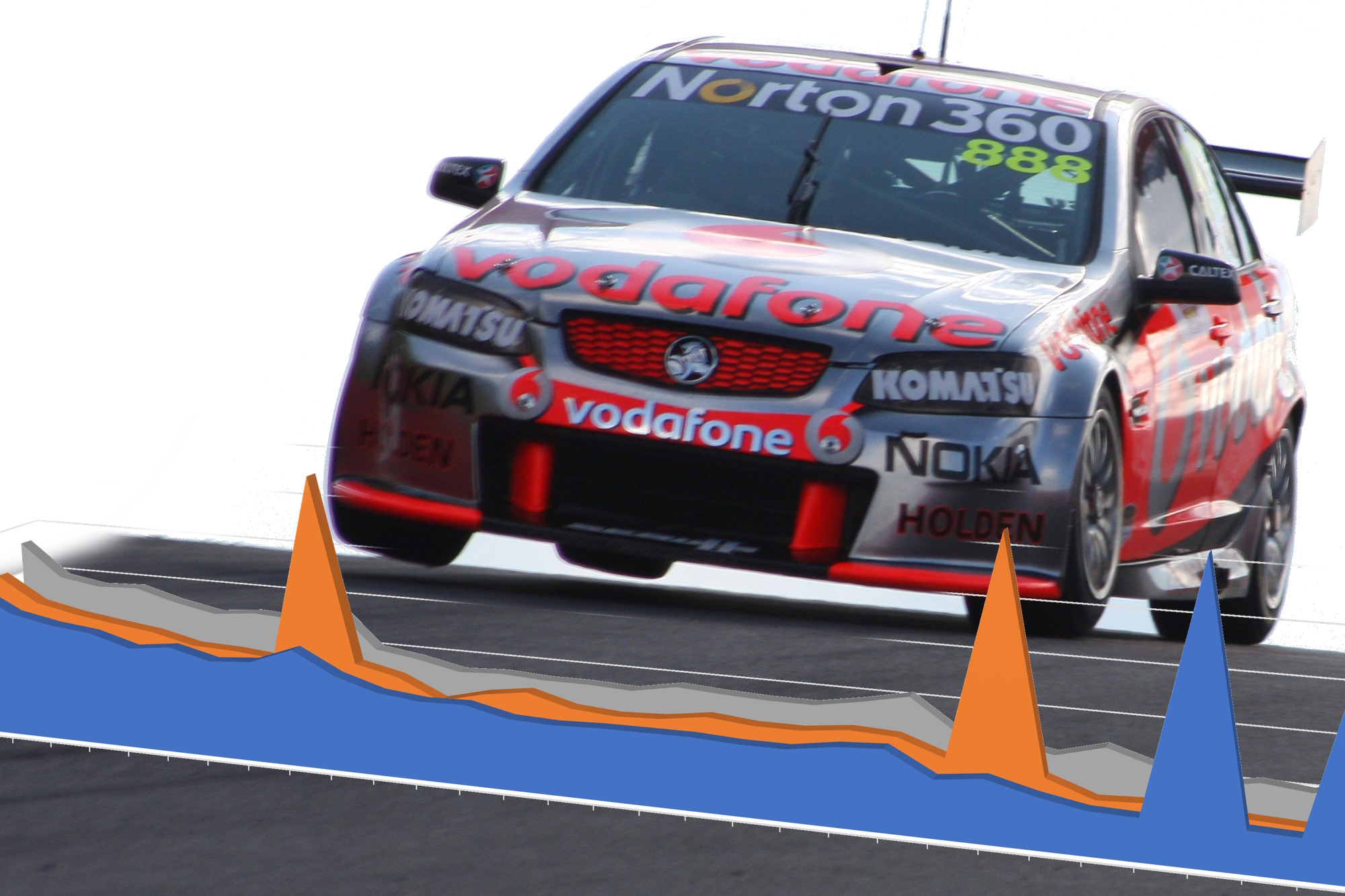
There is one place in Australian motorsport where lap times really matter – Mount Panorama Bathurst.
The quickest of the quick laps are landmarks in the history of the sport, think Greg Murphy’s Lap of the Gods or when Scott McLaughlin completely whacked it in 2017.
Here we take a deep dive into qualifying, top-ten shootout and race fastest laps for V8s at the Bathurst 1000 over the past three decades, with a focus on the year-on-year changes in lap time.
For the purpose of the exercise, we are starting the count from 1992, the debut year for five-litre touring cars at The Mountain, where a limited number of the early racers were pitted against the ultimate Group A kit.
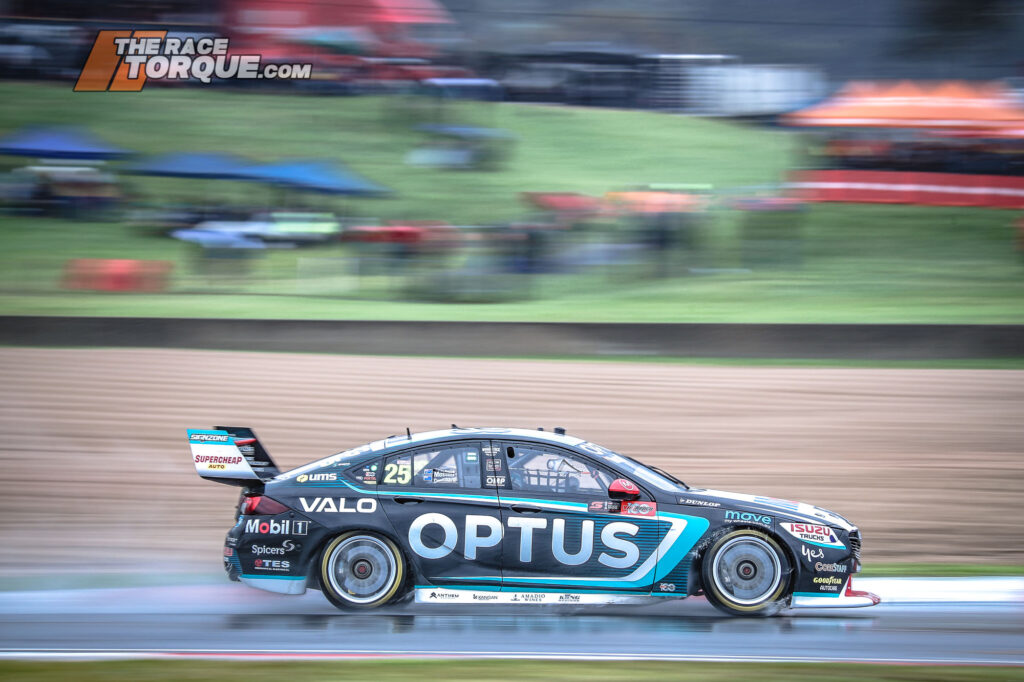
The Reasons Behind Speed
Firstly, the evolution of the formula over time has been spectacular – the cars have gone from production-based chassis conversions to out-and-out purpose-built racers, developed to go quickly at Bathurst.
The professionalism of the drivers has improved – no longer is the field padded out with weekend warriors – each pilot is a hired gun who no longer holds back throughout the 161-lap journey.
The track, too, has seen incremental changes, whether to the road surface, the runoff or the trackside furniture, which can have a true impact on race pace or simply give the drivers the confidence to push harder.
Clearly, resurfacing the full track is a big factor in speed, such as in 2014, which saw qualifying laps come down by 2.3974sec compared to 2013, the pole lap drop by 1.5558sec, and the race’s fastest lap drop by a massive 3.0431sec.
Then the weather plays a part too.
The big wet of 2000 blew out all three categories of lap times, while the wet shootout in 2015 and wet qualifying sessions in 2019 and 2022 polluted statistics.
It’s also worth noting that the timing of the qualifying and top-ten shootouts on the program has bounced around – typically, happy hour at the end of the day, as the track cools off in the shadows, provides the ultimate in grip and lap times.
For instance, the shootout first appeared as a live end-of-day TV spectacle in 2003, and Greg Murphy promptly banged out his mega Lap of the Gods, while qualifying went to the close of Friday proceedings in 2006.
The two sessions have subsequently often been shuffled around the program, with schedules often rounded out by support classes racing into the twilight.
Other big changes came in 2015 when qualifying was delayed to Saturday morning following Chaz Mostert’s monster Friday shunt, while last year, there was no shootout due to flooding.
There have been numerous slight regressions in pace over time, due in part to factors such as weather, track condition, and by minor rules tweaks, such as in the name of parity or moves to control parts or tyre vendors.
More on that is below.
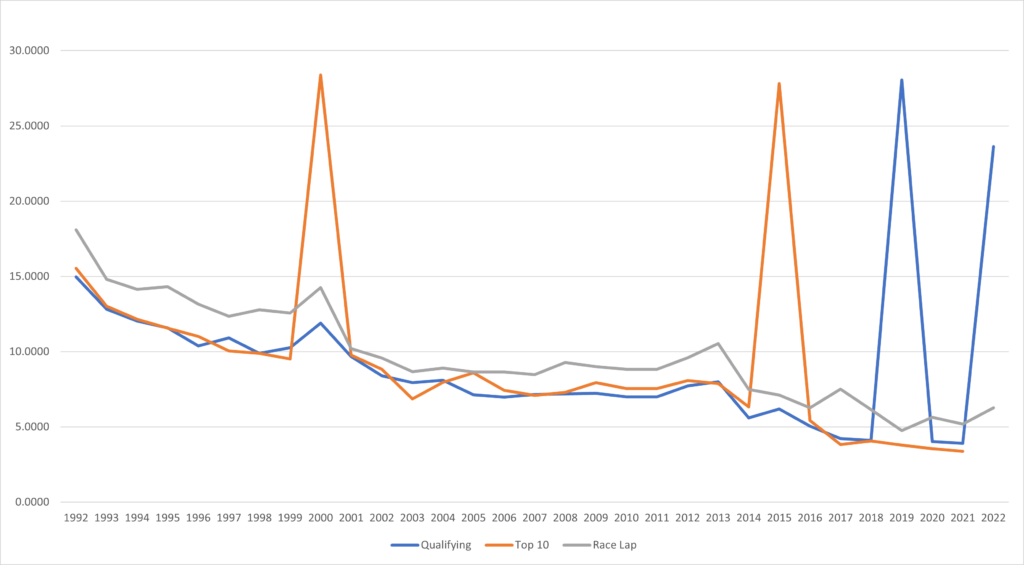
The Times
Coming into the Gen3 Supercar architecture’s first tilt at The Mountain, the Supercars benchmarks sit at:
Qualifying – 2:03.8989sec by Will Brown, 2021
Top-ten – 2:03.3736sec by Chaz Mostert, 2021
The race – 2:04.7602 by Chaz Mostert, 2019
To place these into the context of 31 years of development, qualifying times have come down by 11sec (8.2 per cent), shootout times by 12sec (8.9 per cent), and race laps are now 13sec quicker (9.6 per cent).
There have been some major jumps along the way, with the first coming in 1993, following 12 months of development on the new Aussie V8 formula, with Larry Perkins lowering the Friday and Saturday benchmarks by 2.1sec and 2.5sec respectively, while Mark Skaife proved to be 3.2sec faster than the previous best race lap.
Craig Lowndes rocked the boat in qualifying trim in his all-conquering 1996 campaign, lowering Larry Perkins’ 1995 effort by 1.1862sec, and despite much wet track running on Sunday, he bettered his own race lap time by 1.1603sec.
Big gains across the board were common in the opening years of the category through to around 2000, when the big wet and the move away from tyre wars put the brakes on blistering time improvements.
In 2002, John Bowe lopped 1.2897sec off the 2001 qualifying mark, which was knocked out of the park by Greg Murphy’s shootout lap the next year, which was 1.9684sec better than Skaife’s pole lap from the previous year, in the process registering the first ever lap in the sixes.
After two years of shootout time regression, Skaife was motivated in 2006 to lop 1.1769sec off Lowndes’ 2005 pole time, with the next major milestone coming in 2014, with the aforementioned repave, combined with a year of development on the COTF platform, dopped a cumulative 7sec off the three lap time categories.
Keep in mind, the pace was so hot it tore up the race track at Griffith’s Bend…
Qualifying in 2016 saw Jamie Whincup take 1.1357sec off the relative 2015 time, while Scott McLaughlin’s dipping into the threes on Saturday in 2017 was 1.5951sec better than Whincup’s effort 12 months earlier.
Race pace significantly sharpened in 2018 and ’19, with Reynolds (1.3521sec faster) and Mostert (1.3890sec quicker again) showing the way with Sunday speed.
There have been plenty of occasions when the comparative speeds have dropped off outside of the wet track/wet tyre conditions.
Qualifying pace has slowed year on year in 1997, 1999, 2004, 2007, 2008, 2009, 2011, 2012, 2013 and 2015, top-ten shootout times have relatively fallen back in 2004, 2005, 2008, 2009, 2011 and 2018, while Sunday lap times have similarly declined relative to the previous year in 1995, 1998, 2004, 2006, 2008, 2011, 2012, 2013, 2017, 2020 and 2022.
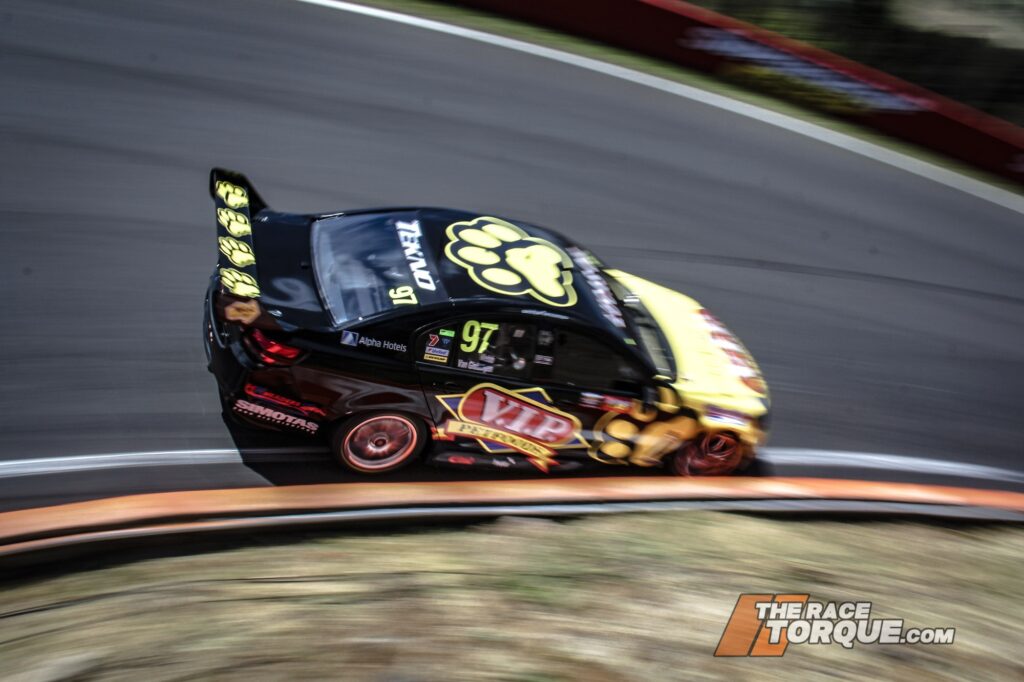
The Drivers
All told, there have been 92 opportunities for drivers to top qualifying, the shootout or race times at the Bathurst 1000 in V8s since 1992, with 31 different pilots claiming at least one honour, however, there are some standouts in the mix.
Leading the overall stats is Craig Lowndes on 10, followed closely by Jamie Whincup and Mark Skaife on nine apiece.
Back on six are Chaz Mostert and Glenn Seton, on five are David Reynolds and Garth Tander, while on four are Will Davison, Mark Winterbottom and Greg Murphy.
Regarding Friday qualifying, Seton and Whincup lead the pack with four provisional poles each, from Skaife on three, then Lowndes, Fabian Coulthard, Greg Murphy, Larry Perkins and Mark Winterbottom with a pair each.
The V8 Shootout king is Skaife with four, from Lowndes on three, then Mostert, Reynolds, Tander, Murphy, Whincup and Winterbottom on two each.
When it comes to race day, Lowndes comes alive, with five race fastest laps, while Mostert, Reynolds, Whincup and Shane van Gisbergen have three each.
Twice since 1992 has a driver has topped the charts for all three criteria, with the first being in 1996 when Craig Lowndes swept the weekend en route to his maiden Bathurst title – although that was entirely on form for that year, in which he claimed the ATCC, Sandown 500 and Bathurst 1000 trio for the first time since his mentor Peter Brock achieved the feat in 1978 and ’80.
The other example was Chaz Mostert in 2019, although that came with an asterisk, as Scott McLaughlin’s provisional pole and top-ten shootout times were struck off post-event following an engine irregularity in his DJR Mustang.
Mostert, for his part, didn’t have as a successful outing on race day as Lowndes in 1996, with his Tickford Mustang coming together with teammate Cameron Waters at the Chase late in the day.
In 1998, the Skaife/Lowndes entry topped all three charts as a combination, with Skaife left to qualify the car, and Lowndes to turn up the wick on race day.
Perhaps the best individual streak is Reynolds claiming three straight race day fastest laps between 2016 to ’18, while Lowndes claimed four in six years from 1995.
On 11 occasions from 31 events, the quick driver from Friday has converted to pole position on Saturday, namely Larry Perkins (1993), Mark Skaife (1998 and 2006), Greg Murphy (2003), Craig Lowndes (2005), Mark Winterbottom (2007), Jamie Whincup (2013 and 2016), and Scott McLaughlin (2017), while in 1992, Glenn Seton was the fastest V8 prior to race day.
Twice has Friday speed been repeated on Sunday, by Jason Richards in 2009 and Jason Bright in 2010, while Craig Lowndes (1995), David Reynolds (2018) and Chaz Mostert (2021) have converted the pole into the fastest race lap.
In terms of teams, 17 different core outfits have topped the different categories, with the Holden Racing Team leading the way with 22, from Triple Eight Race Engineering on 14 and Tickford Racing/Prodrive Racing Australia/Ford Performance Racing on 13.
Friday time toppers have been evenly spread, with Brad Jones Racing, HRT, Triple Eight and Tickford logging five each, with Glenn Seton Racing/FTR on four, HRT has come to play on Saturday with nine poles to Tickford’s six, while HRT also topped Sunday’s lap times with eight to Triple Eight’s six.
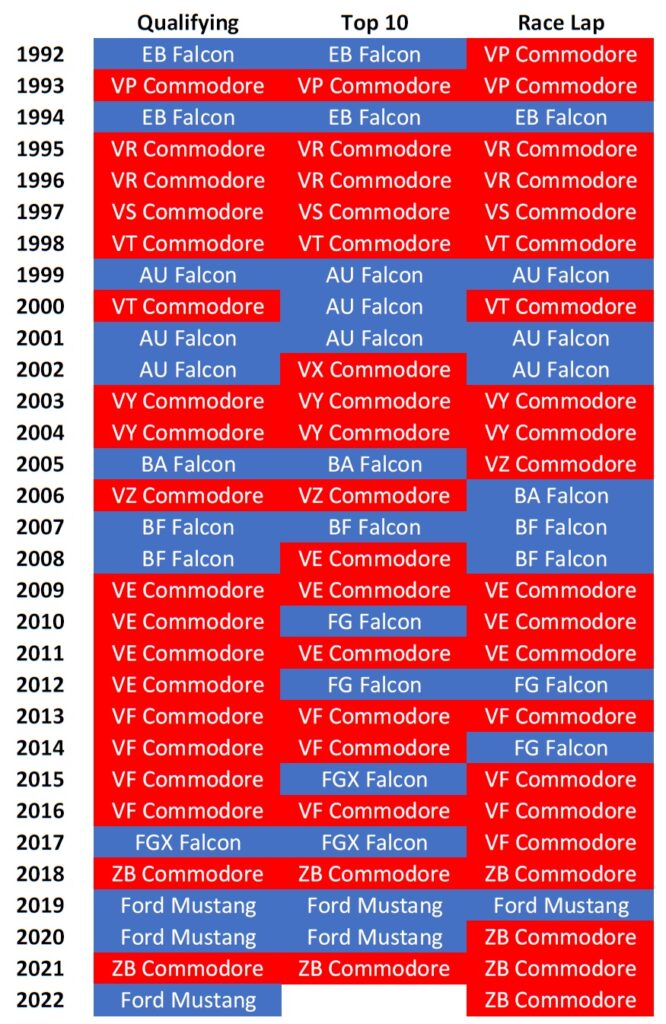
The Manufacturers
The scoreboard to date in the V8 era of the Bathurst 1000 has been locked out by Holden and Ford, although the interlopers did get close in the period between 2013-’19.
In 2016, Scott McLaughlin qualified his Volvo second before retaining the position in the Shootout.
Nissan’s best qualifying effort was eighth with James Moffat in 2014, while 12 months later he claimed fifth in a sodden Shootout aboard his Altima.
Elsewhere with Nissans, Michael Caruso topped a wet fifth practice session in 2018.
The best qualifying effort for Mercedes-AMG was 11th from Will Davison in 2015.
From 92 possible quick times in the three criteria from the V8 era, Holden finished its run at The Mountain with 57, a success rate of 62 per cent.
The most successful models from the General have been the VE and VF with ten quick times each, then the ZB on eight, VY and VR on six, and VT on five.
From the Blue Oval, the AU Falcon never claimed a Bathurst 1000 crown, but the sleek silhouette was quick on track, topping the charts nine times, leading the Mustang on six ahead of the EB and BA on five each.
In terms of Friday qualifying trim, the VE Commodore leads the red side on four fast times, with the VF on three, with those models having an impressive unbeaten Friday streak between 2009 and 2016.
Meanwhile, for blue, the AU Falcon and Mustang lead the way on three quick times each, with the marque trailing in the head-to-head battle 19-12.
On Saturday, Holden leads Ford 17-13, with the AU Falcon, VE and VF Commodores all scoring three poles each.
However, Holden is the undisputed ruler of race pace, with 21 quick race laps to Ford’s ten, with the VF and ZB Commodore having four fastest race laps each, with three for the AU Falcon.
Across the board, the most dominant era for a marque was qualifying 1995 through race day 1998, with Holden topping all metrics.
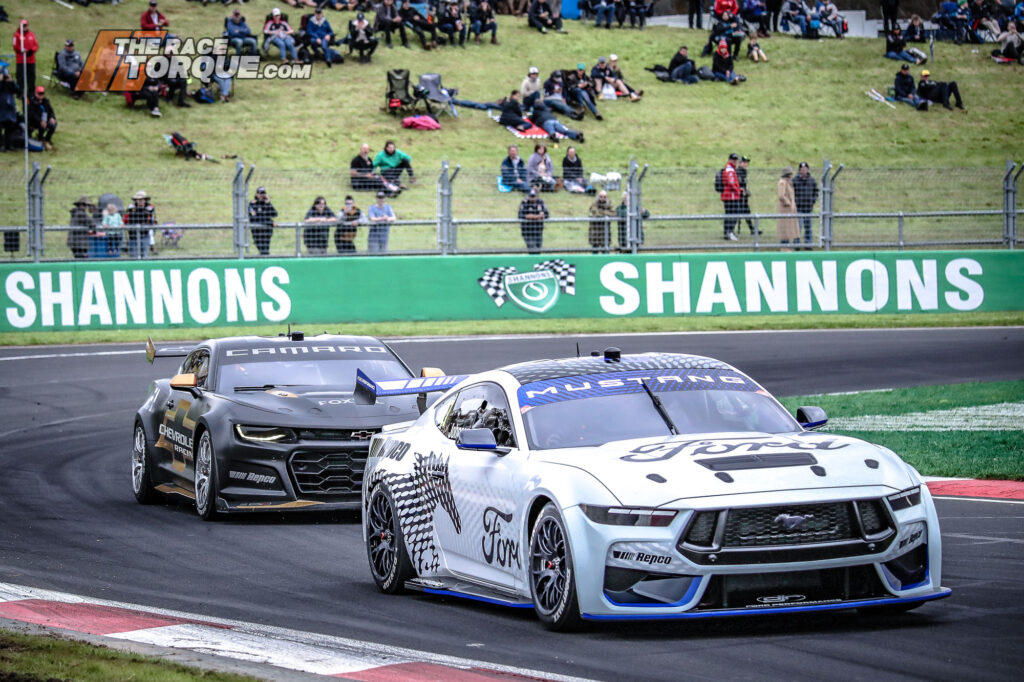
Where to for Gen3?
The platform has its work cut out, although early lap times from testing and the opening rounds suggest that the cars will be in the ballpark lap time wise.
The tweaked aero will make the machines quick on the straights, but a handful on top of the hill, although that will be counterbalanced by the introduction of the soft compound Dunlop tyre at Bathurst for the first time.
Our tip?
Keep an eye on the time charts come October, it’s going to make for some significant storylines…







